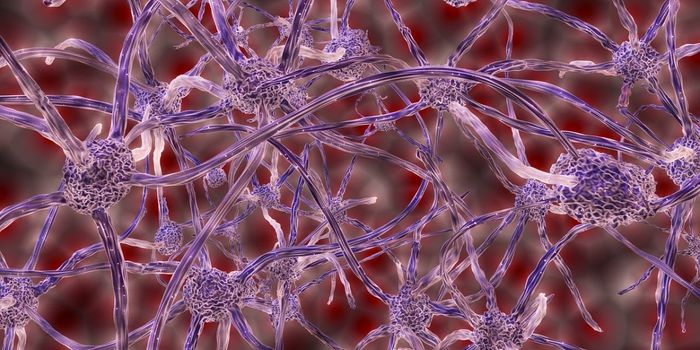Potential Gene Targets Identified for Treating Deafness
Researchers have identified three mutations of the MINAR2 gene that are linked to deafness. They say that the mutations may hold promise as potential targets for future treatments for deafness. The corresponding study was published in PNAS.
The researchers behind the study have been studying the genetic underpinnings of deafness for over two decades. During this time, they have created a biorepository with a genomic sequencing database of deafness-associated gene mutations from families all over the world.
For the present study, the researchers set out by sequencing a Turkish family’s genome in an attempt to identify genes already linked to deafness. As their search yielded no results, they then conducted whole-genome sequencing to identify new genes or anything they missed in the initial test.
In doing so, they identified variants of the MINAR2 gene, a newly described gene in research literature whose function is still relatively unknown. After identifying the MINAR2 variations, the researchers then searched their database and found another family with a different mutation of the same gene. Further investigation yielded three different MINAR2 mutations causing deafness in 13 people from four families.
To understand more about MINAR2's function, the researchers turned to mouse models of the gene. From these, they noted that MINAR2 is expressed in the mouse inner ear, and is mainly present in hair cells and other areas critical to hearing. Hair cells convert sound into electrical signals, which are then sent to the brain and interpreted. As such, children who are born deaf have few if any living hair cells.
In further experiments, the researchers knocked out MINAR2 function in mouse models. In doing so, they found that mice presented with rapidly progressive hearing loss linked to a gradual reduction of outer har cells as they aged. The researchers thus concluded that MINAR2 is essential for hearing in humans and mice and that its disruption leads to hearing loss.
The researchers say that their findings may provide opportunities to develop genetic therapies that could one day prevent hearing loss.
“What is surprising and promising for potential intervention is that, when we looked at the hair cells in our mouse model, they are alive until a certain age,” said Mustafa Tekin, M.D., a professor in the Dr. John T. Macdonald Foundation Department of Human Genetics at the University of Miami, and senior author on the paper “That gives us a window of opportunity to provide treatment. We could insert the normal gene and potentially restore hearing.”
Sources: Neuroscience News, PNAS









